Imagine a gadget comparable in size to your mobile phone, possessing the capability to decode cosmic enigmas. Indeed, we are referring to a bold endeavor initiated by the European Space Agency (ESA), GRASS, an acronym for Gravimeter for Small Solar System Objects.
GRASS's mission is truly groundbreaking, as it intends to land on a distant asteroid named Dimorphos and gauge its gravity, an undertaking we have never seen before in the history of space exploration.
Purpose of GRASS
Let's begin with understanding the GRASS project's core objective. The target? An asteroid by the name of Dimorphos. GRASS's mission is to land on this space rock and perform a task no one has ever done before - measure its gravity.
This endeavor is no cakewalk, as the gravity on Dimorphos is extremely low, much less than what we experience on Earth.
You might be thinking, "Dimorphos? Why does that name ring a bell?"
Well, this asteroid isn't new to interactions with Earth-made objects. NASA's DART spacecraft had a rendezvous with Dimorphos, not for a friendly visit, but for a high-speed collision.
It was all part of a mission to study how we might deflect asteroids in the future, ensuring they don't pose a threat to our planet.
The Tiny but Mighty Satellite
The GRASS satellite is a marvel of miniaturization. Just picture this: it's approximately the size of a video game controller and weighs 0.7 lb (330 grams).
That's right! it's smaller than your lunchbox and lighter than a football!
The brainchild of the Royal Observatory of Belgium (ROB) and the EMXYS company in Spain, GRASS shows that great things often come in small packages.
Before taking its great leap towards Dimorphos, GRASS had to pass a demanding series of tests at ESA's Mechanical Systems Laboratory.
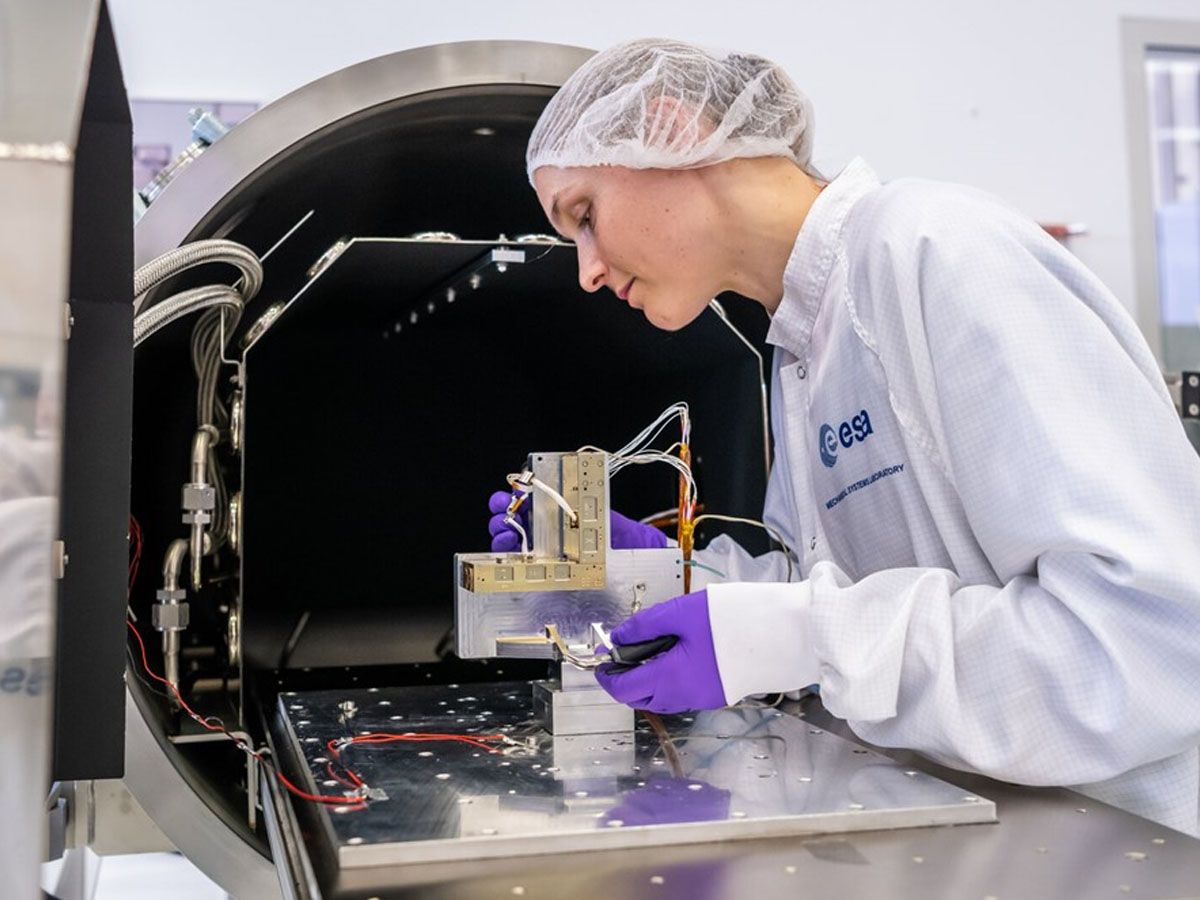
Why, you may ask? Space is a harsh and unforgiving environment. To ensure GRASS can survive and perform its task, it had to prove it could withstand extreme conditions.
This is where the rigorous testing process comes into play. At the Mechanical Systems Laboratory at ESA's ESTEC technical center in the Netherlands, GRASS was put through a series of demanding tests to ensure its space readiness.
One of these tests involved exposure to extreme temperature and vacuum conditions similar to what it will encounter in space.
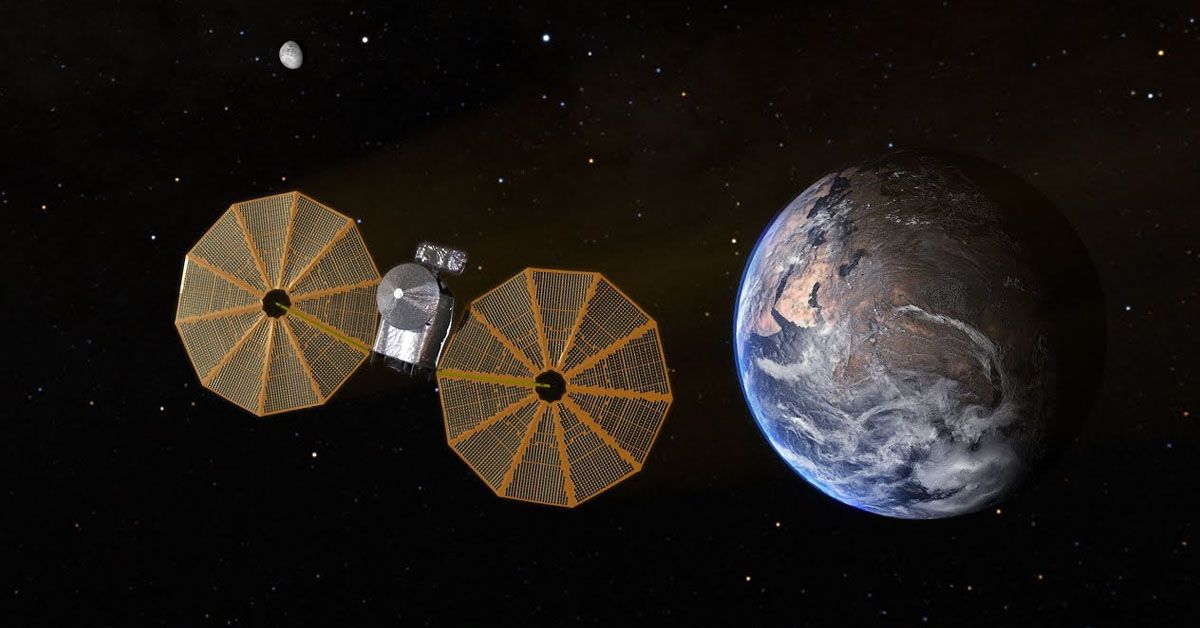
But the trials didn't stop there. GRASS also had to withstand the simulated violence of a rocket launch. It was subjected to sustained shaking and agitation to mimic the conditions it would face during the actual launch.
It's like a roller coaster ride, but far more intense and without the fun. All these tests ensure that GRASS can make it to space and successfully complete its mission.
An In-depth Look at the GRASS Gravimeter
Have you ever seen a gravimeter? Well, picture one is L-shaped and about the size of two smartphones stacked together. That's what GRASS looks like!
This unique design not only makes it easy to fit into the Juventas CubeSat but also allows it to perform its complex mission on Dimorphos.
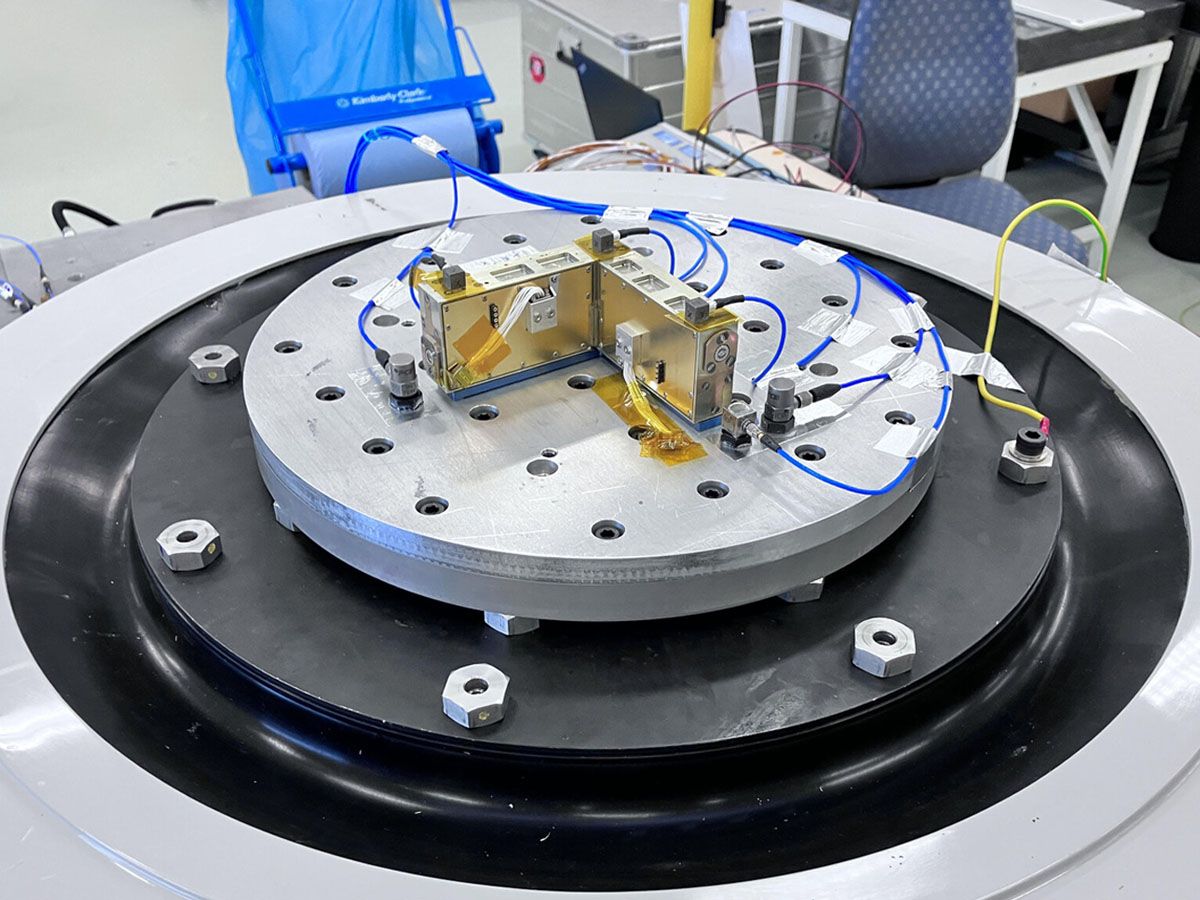
Speaking of its mission, GRASS is designed to measure gravity levels on Dimorphos, an asteroid where gravity is expected to be less than a millionth of Earth's gravity.
How does GRASS Measure Gravity, You Ask?
It uses a novel capacitance-based technique. Imagine two sets of thin blades rotating within their secure cradles. Every slight movement these blades make causes a change in the capacitance between the blade itself and its surroundings.

The changes in capacitance are so minute that they can only be measured in Attofarads (aF), a unit so small that you'd need a quadrillion of them to make up a single Farad! This exceptional sensitivity is one of the reasons why GRASS can carry out its mission with such precision.
A 3D Gravity Vector Construction
GRASS doesn't just measure gravity, it constructs a three-dimensional gravity vector! But what does that mean?
Well, imagine the gravimeter's two sets of blades, each set rotating at right angles to the other. As these blades keep spinning, they collect data that can be used to construct a three-dimensional representation of gravity.
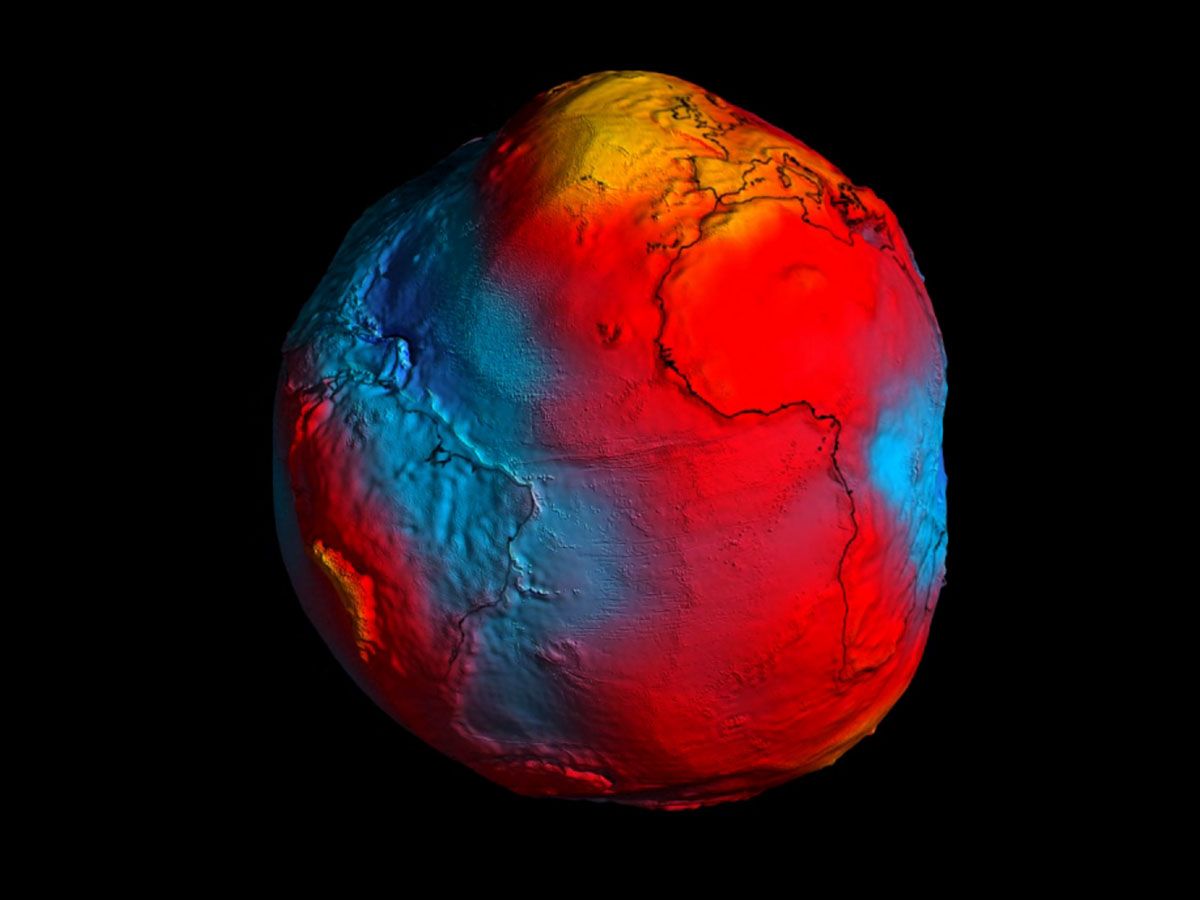
This capability provides a significant advantage for GRASS. It allows the instrument to monitor and analyze variations in gravity from any landing position on the asteroid.
It's like having a bird's eye view of gravity on Dimorphos, irrespective of where GRASS lands! It's an innovative approach that could transform our understanding of asteroids and their gravitational fields.
The ESA's Hera Mission & The Juventas CubeSat
Imagine hitching a ride with a friend. Now imagine doing that but in space! That's precisely what GRASS will be doing with the help of Juventas CubeSat.
This mission, called Hera, is ESA's ambitious plan for planetary defense, and Juventas CubeSat plays a pivotal role in it. Its job? To safely transport GRASS to Dimorphos.
Once they reach Dimorphos, it's time for GRASS to spring into action. After deployment, GRASS's task begins as it lands on the asteroid's surface.
But that's not all! It'll also document the impact of its landing and any subsequent bounces. It's akin to a child recording every leap while hopping across stepping stones, but in this case, the stepping stone is an asteroid millions of miles away!
However, there's one challenge to overcome. The sunlight that reaches Dimorphos is quite weak, meaning that solar panels might not provide sufficient power. To circumvent this, GRASS is equipped to operate on Juventas's internal battery for up to 20 hours.
Once GRASS passes all the tests and checks, it will be integrated aboard Juventas. This important task will be handled by GomSpace, a company based in Luxembourg known for its expertise in satellite technology.
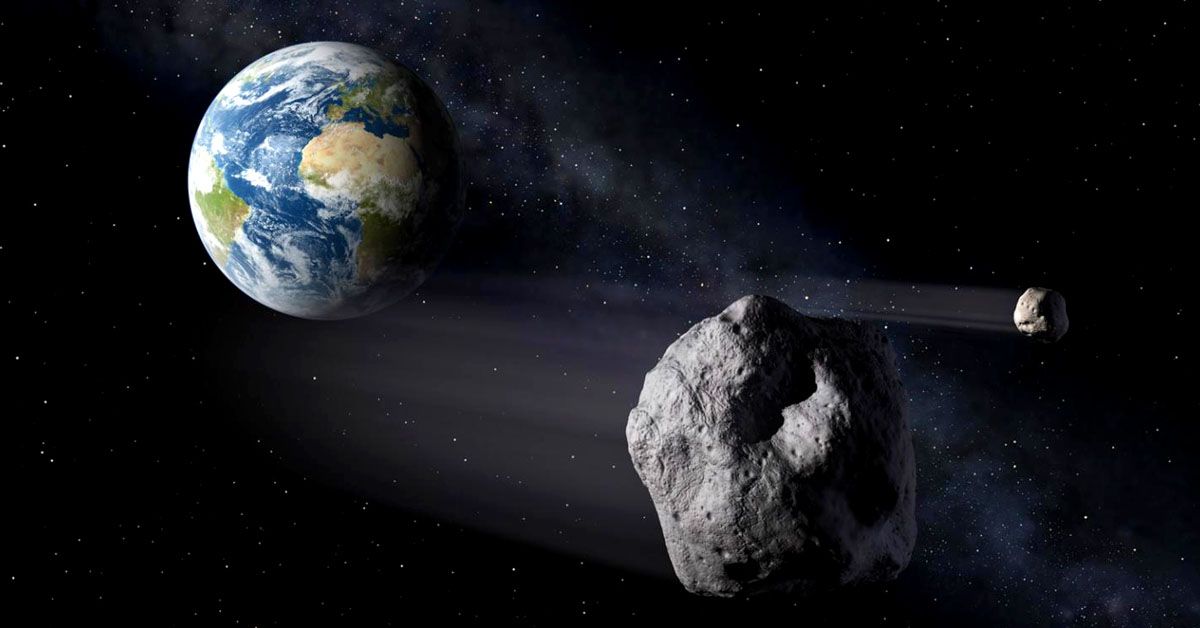
So when does this thrilling journey start?
The planned timeline is to launch GRASS and the Hera mission in October 2024. However, space travel isn't as quick as catching a flight across the country.
The spacecraft will take two years to reach its asteroid targets. It's a long wait, but the discoveries that GRASS might unlock will undoubtedly be worth it!
Sources: esa.int













